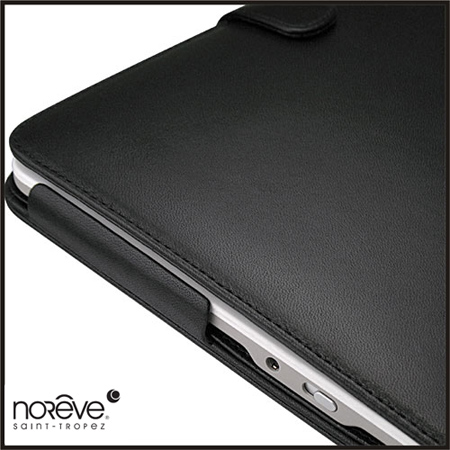Black Leather Book
. Books & Journals Browse Books & Journals By Color Back. Gifts By Occasion Back. Gifts By Interest Back. Gifts Browse Gifts By Color Back. Accessories Browse Accessories By Color Back. Lifestyle Browse Lifestyle By Color Back.
Old Leather Books For Sale
I'm using 110 gsm sketchbook paper. I simply enjoy writing and drawing on them a lot more than regular copy paper (80 gsm). In my experience, copy paper is way too thin and regular ball point pens will leave very visible lines on the pages underneath the one you're writing on, so I prefer to use paper that's at least 100 gsm or more.In this book I used 96 sheets of A3 sized paper. I fold them all first, go over the fold with a bone folder to make sure its properly flat, and then sort the pieces into stacks of paper called 'signatures'.

A signature consists of 4-8 pages - I'm using 4, leaving me with a total of 24 signatures that I'll sew together.I'm leaving them in the book press for a couple of hours to make the stack properly flat before sewing it. You can use large stacks of books or a book with some weights on top instead if you don't have a similar press.
Black Leather Book Spine
Next, I stitched all the 24 signatures together. It's a bit hard to explain exactly how to sew them together with words, so I'll leave a I made that explains how to stitch the signatures to the jute cords in detail.I don't have a sewing jig for this, so I'm using a chair that I can fasten the jute cords to. With all the signatures sewn together, I covered the whole spine with a layer of white PVA glue (in my case, wood glue) and let that dry completely. Then I attached the black end pages with a 1 cm wide line of glue, and popped it into the book press while it dried.The final step is to grab this piece, called a 'text block', and hammer the spine into a round shape with a rubber mallet. Just flip it over and over, keep on hammering it until it's round enough. To make the book really heavy and rigid I used 3mm thick wood fiberboard covers instead of dense cardstock.
I drilled 4 holes in each cover piece to insert the jute cords the text block is sewn onto. The holes are drilled at an angle so that the cord will lay as flat as possible.When the cords are inserted, I fray them in the inside of the covers. I'll lay a little stack of paper between the cover and the text block to soak up any dampness from the glue, and if I don't do that, the pages of the book will warp and that doesn't look too nice. Between the little paper stack and the cover I put a piece of greaseproof parchment paper to avoid making the glue stick to anything else.I added glue underneath the cords first, pushed them down, and added more glue on top. When closing it, I make sure to push the cover down towards the spine to make it shut tightly. On the outside I add more glue on top of the visible cords, add more parchment paper on top, and rub it as flat as I can with the bone folder. After doing that on both sides I put it in the book press again and left it there to dry for a day or so.
Black Leather Backpack Purse Amazon
As a centerpiece and closing mechanism I made this leather belt strap with a decorative diamond shape on the front. This is made of 2 mm thick leather that is a bit rougher and very durable. I cut it to shape with a utility knife first, and then punched all the necessary holes with a hole punch. Then I stained it with extra black leather stain, and burnished all the edges with a burnishing tool and wax. Finally I added some leaf metal lines on this piece too, and riveted the belt buckle in place. Both as decorations and ways to attach the leather belt, I used some double cap rivets on the cover.
I made a clean hole in the leather first using the hole punch, and then drilled a hole through. If you don't want visible rivets on the inside you can wait with gluing on the end sheets and attaching the corner protectors until the rivets are fastened, and glue the end sheets on top of them.
In that case, it might be a good idea to countersink the rivets to make them less visible on the inside.Before riveting the diamond shape on the belt strap I added some quick epoxy glue to the back side just to make sure it would stay flat against the surface. It's not really necessary to make it stick in place, though.